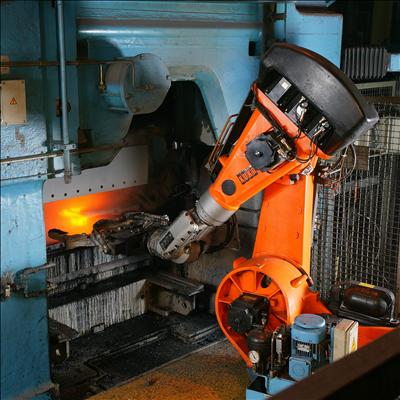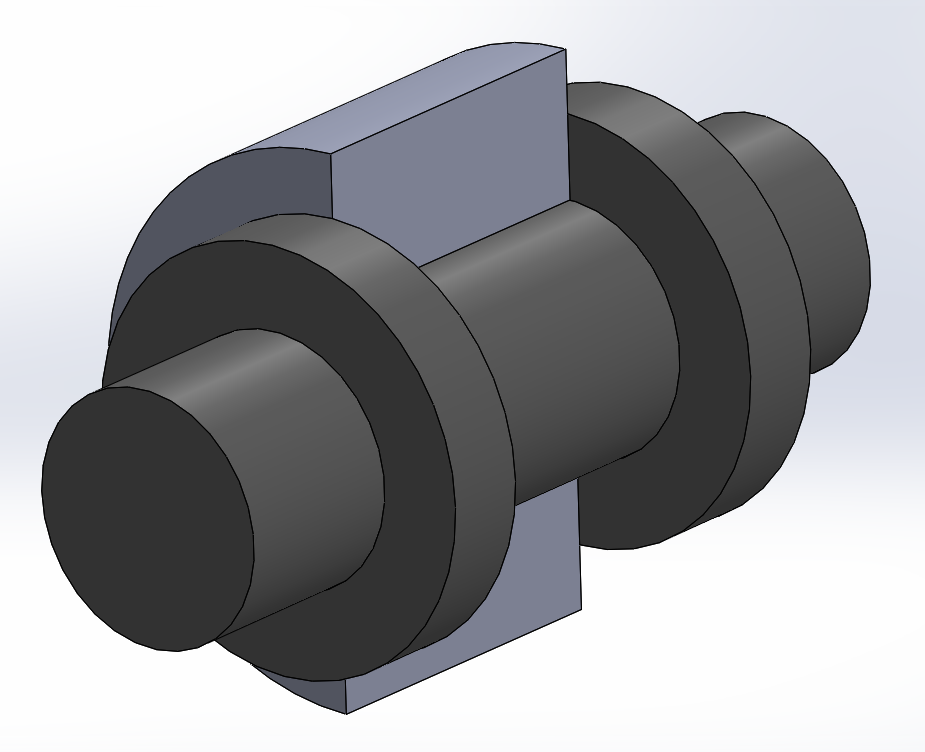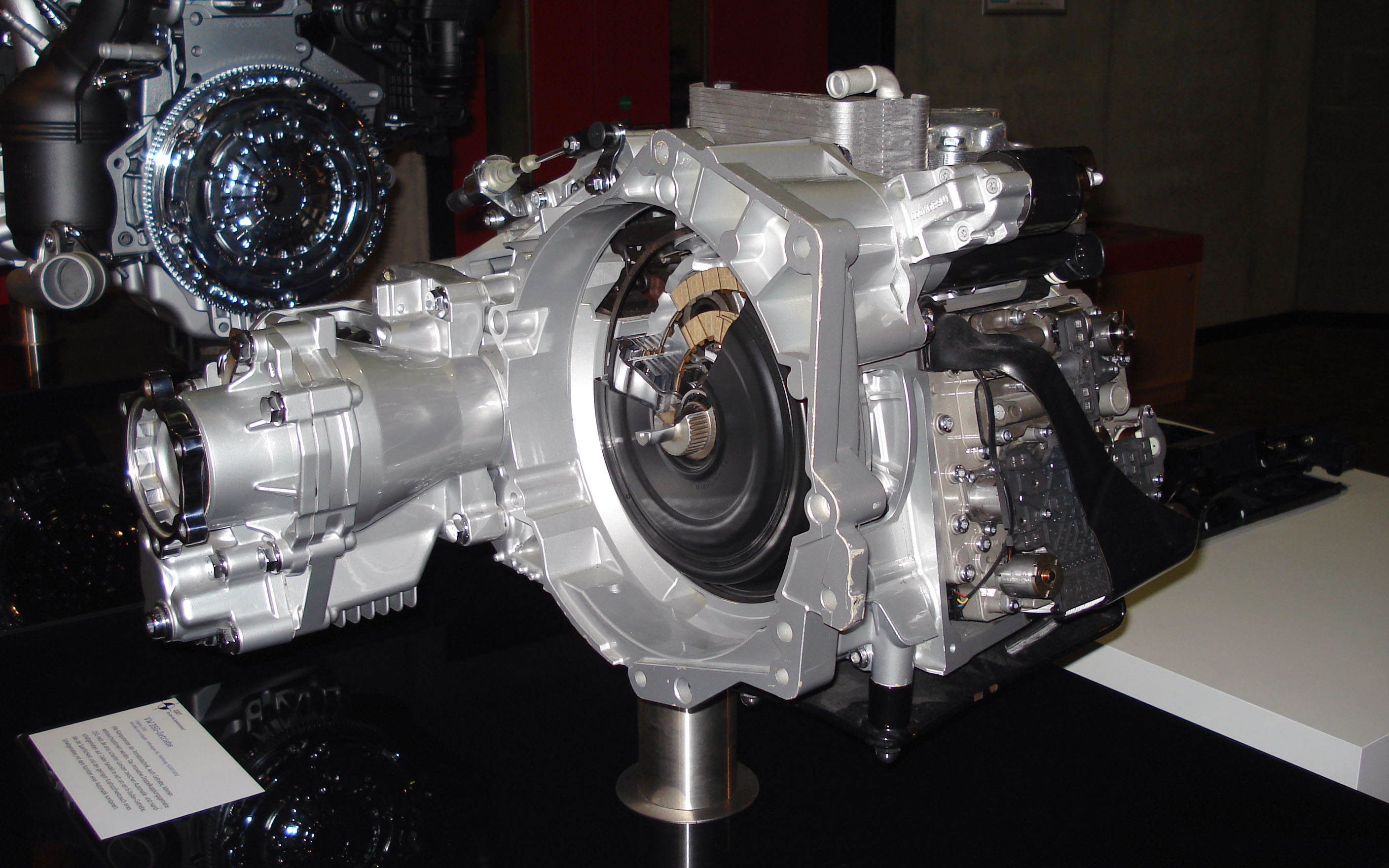|
UWA Telerobot
The UWA telerobot is a teleoperation, teleoperable industrial robot, robot belonging to the school of mechanical and civil engineering at the University of Western Australia. Development The UWA telerobot is a historic landmark for the Internet and The University of Western Australia. It was the first Telerobotics, telerobot device made available for general use on the Internet in 1994. The UWA telerobot was originally developed as part of a PhD thesis by Kenneth TaylorTaylor, KWeb Telerobotics: Reducing complexity in Robotics Retrieved on 2009-3-15 and was the subject of a later PhD by Barney Dalton.Dalton, BTechniques for Web Telerobotics Retrieved on 2009-3-15 The first robot on the Internet, a plastic toy robot with only 2 degrees of freedom (engineering), degrees of freedom, was placed online by a team under Ken Goldberg at the University of Southern California only three weeks before the University of Western Australia, UWA team released their website. The University of South ... [...More Info...] [...Related Items...] OR: [Wikipedia] [Google] [Baidu] |
Teleoperation
Teleoperation (or remote operation) indicates operation of a system or machine at a distance. It is similar in meaning to the phrase "remote control" but is usually encountered in research, academia and technology. It is most commonly associated with robotics and mobile robots but can be applied to a whole range of circumstances in which a device or machine is operated by a person from a distance. Teleoperation can be considered a human-machine system. For example, ArduPilot provides a spectrum of autonomy ranging from manual control to full autopilot for autonomous vehicles. The term ''teleoperation'' is in use in research and technical communities as a standard term for referring to operation at a distance. This is as opposed to '' telepresence'' which is a less standard term and might refer to a whole range of existence or interaction that include a remote connotation. History The 19th century saw many inventors working on remotely operated weapons (torpedoes) incl ... [...More Info...] [...Related Items...] OR: [Wikipedia] [Google] [Baidu] |
HTML
Hypertext Markup Language (HTML) is the standard markup language for documents designed to be displayed in a web browser. It defines the content and structure of web content. It is often assisted by technologies such as Cascading Style Sheets (CSS) and scripting languages such as JavaScript, a programming language. Web browsers receive HTML documents from a web server or from local storage and browser engine, render the documents into multimedia web pages. HTML describes the structure of a web page Semantic Web, semantically and originally included cues for its appearance. HTML elements are the building blocks of HTML pages. With HTML constructs, HTML element#Images and objects, images and other objects such as Fieldset, interactive forms may be embedded into the rendered page. HTML provides a means to create structured documents by denoting structural semantics for text such as headings, paragraphs, lists, Hyperlink, links, quotes, and other items. HTML elements are delineated ... [...More Info...] [...Related Items...] OR: [Wikipedia] [Google] [Baidu] |
Telepresence Robots
Telerobotics is the area of robotics concerned with the control of semi-autonomous robots from a distance, chiefly using television, wireless networks (like Wi-Fi, Bluetooth and the Deep Space Network) or tethered connections. It is a combination of two major subfields, which are teleoperation and telepresence. Teleoperation Teleoperation indicates operation of a machine at a distance. It is similar in meaning to the phrase "remote control" but is usually encountered in research, academic and technical environments. It is most commonly associated with robotics and mobile robots but can be applied to a whole range of circumstances in which a device or machine is operated by a person from a distance. Teleoperation is the most standard term, used both in research and technical communities, for referring to operation at a distance. This is opposed to "telepresence", which refers to the subset of telerobotic systems configured with an immersive interface such that the operator feel ... [...More Info...] [...Related Items...] OR: [Wikipedia] [Google] [Baidu] |
Historical Robots
History is the systematic study of the past, focusing primarily on the human past. As an academic discipline, it analyses and interprets evidence to construct narratives about what happened and explain why it happened. Some theorists categorize history as a social science, while others see it as part of the humanities or consider it a hybrid discipline. Similar debates surround the purpose of history—for example, whether its main aim is theoretical, to uncover the truth, or practical, to learn lessons from the past. In a more general sense, the term ''history'' refers not to an academic field but to the past itself, times in the past, or to individual texts about the past. Historical research relies on primary and secondary sources to reconstruct past events and validate interpretations. Source criticism is used to evaluate these sources, assessing their authenticity, content, and reliability. Historians strive to integrate the perspectives of several sources to develop ... [...More Info...] [...Related Items...] OR: [Wikipedia] [Google] [Baidu] |
Industrial Robots
An industrial robot is a robot system used for manufacturing. Industrial robots are automated, programmable and capable of movement on three or more axes. Typical applications of robots include robot welding, welding, painting, assembly, Circular economy, disassembly, Automated storage and retrieval system, pick and place for printed circuit boards, packaging and labeling, Palletizer, palletizing, product inspection, and testing; all accomplished with high endurance, speed, and precision. They can assist in material handling. In the year 2023, an estimated 4,281,585 industrial robots were in operation worldwide according to International Federation of Robotics, International Federation of Robotics (IFR). Types and features There are six types of industrial robots. Articulated robots Articulated robots are the most common industrial robots. They look like a Arm, human arm, which is why they are also called robotic arm or Manipulator (device), manipulator arm. Their articu ... [...More Info...] [...Related Items...] OR: [Wikipedia] [Google] [Baidu] |
Karol Miller
{{disambiguation, geo ...
Karol may refer to: Places * Karol, Gujarat, a village on Saurashtra peninsula in Gujarat, west India ** Karol State, a former Rajput petty princely state with seat in the above town *Karol Bagh, neighbourhood of Central Delhi, Delhi, India **Karol Bagh metro station **Karol Bagh Assembly constituency **Karol Bagh Lok Sabha constituency Film/TV *'' Karol: A Man Who Became Pope'', a 2005 miniseries *'' Karol: The Pope, The Man'', a 2006 miniseries Other uses *Karol (name) *King Karol, a New York City-based record store chain See also *Carol (other) *Kalol (other) *Karoli (other) *Karoo (other) *Karow (other) Karow or Karów may refer to:: * Karow, Mecklenburg-Vorpommern, Germany * Karow, Saxony-Anhalt, Germany * Karow (Berlin), a district in the borough of Pankow in Berlin * Karów, Poland * Marty Karow (1904-1986), All-American college football player ... [...More Info...] [...Related Items...] OR: [Wikipedia] [Google] [Baidu] |
Mechanism (engineering)
In engineering, a mechanism is a Machine, device that transforms input forces and movement into a desired set of output forces and movement. Mechanisms generally consist of moving components which may include Gears and gear trains; belt drive, Belts and chain drives; Cam (mechanism), cams and cam follower, followers; Linkage (mechanical), Linkages; Friction devices, such as brakes or clutches; Structural components such as a frame, fasteners, bearings, springs, or lubricants; Various machine elements, such as splines, pins, or keys. German scientist Franz Reuleaux defines ''machine'' as "a combination of resistant bodies so arranged that by their means the mechanical forces of nature can be compelled to do work accompanied by certain determinate motion". In this context, his use of ''machine'' is generally interpreted to mean ''mechanism''. The combination of force and movement defines Power (physics), power, and a mechanism manages power to achieve a desired set of forces and ... [...More Info...] [...Related Items...] OR: [Wikipedia] [Google] [Baidu] |
Engineering
Engineering is the practice of using natural science, mathematics, and the engineering design process to Problem solving#Engineering, solve problems within technology, increase efficiency and productivity, and improve Systems engineering, systems. Modern engineering comprises many subfields which include designing and improving infrastructure, machinery, vehicles, electronics, Materials engineering, materials, and energy systems. The Academic discipline, discipline of engineering encompasses a broad range of more Academic specialization, specialized fields of engineering, each with a more specific emphasis for applications of applied mathematics, mathematics and applied science, science. See glossary of engineering. The word '':wikt:engineering, engineering'' is derived from the Latin . Definition The American Engineers' Council for Professional Development (the predecessor of the Accreditation Board for Engineering and Technology aka ABET) has defined "engineering" as: ... [...More Info...] [...Related Items...] OR: [Wikipedia] [Google] [Baidu] |
Mechatronics
Mechatronics engineering, also called mechatronics, is the synergistic integration of mechanical, electrical, and computer systems employing mechanical engineering, electrical engineering, electronic engineering and computer engineering, and also includes a combination of robotics, computer science, telecommunications, systems, control, automation and product engineering. As technology advances over time, various subfields of engineering have succeeded in both adapting and multiplying. The intention of mechatronics is to produce a design solution that unifies each of these various subfields. Originally, the field of mechatronics was intended to be nothing more than a combination of mechanics, electrical and electronics, hence the name being a portmanteau of the words "mechanics" and "electronics"; however, as the complexity of technical systems continued to evolve, the definition had been broadened to include more technical areas. No later than in 1951, the word ''mechatronics' ... [...More Info...] [...Related Items...] OR: [Wikipedia] [Google] [Baidu] |
Client (computing)
is a computer that gets information from another computer called server in the context of client–server model of computer networks. The server is often (but not always) on another computer system, in which case the client accesses the service by way of a network. A client is a program that, as part of its operation, relies on sending a request to another program or a computer hardware or software that accesses a service made available by a server (which may or may not be located on another computer). For example, web browsers are clients that connect to web servers and retrieve web pages for display. Email clients retrieve email from mail servers. Online chat uses a variety of clients, which vary on the chat protocol being used. Multiplayer video games or online video games may run as a client on each computer. The term "client" may also be applied to computers or devices that run the client software or users that use the client software. A client is part of a cl ... [...More Info...] [...Related Items...] OR: [Wikipedia] [Google] [Baidu] |
Java (programming Language)
Java is a High-level programming language, high-level, General-purpose programming language, general-purpose, Memory safety, memory-safe, object-oriented programming, object-oriented programming language. It is intended to let programmers ''write once, run anywhere'' (Write once, run anywhere, WORA), meaning that compiler, compiled Java code can run on all platforms that support Java without the need to recompile. Java applications are typically compiled to Java bytecode, bytecode that can run on any Java virtual machine (JVM) regardless of the underlying computer architecture. The syntax (programming languages), syntax of Java is similar to C (programming language), C and C++, but has fewer low-level programming language, low-level facilities than either of them. The Java runtime provides dynamic capabilities (such as Reflective programming, reflection and runtime code modification) that are typically not available in traditional compiled languages. Java gained popularity sh ... [...More Info...] [...Related Items...] OR: [Wikipedia] [Google] [Baidu] |








